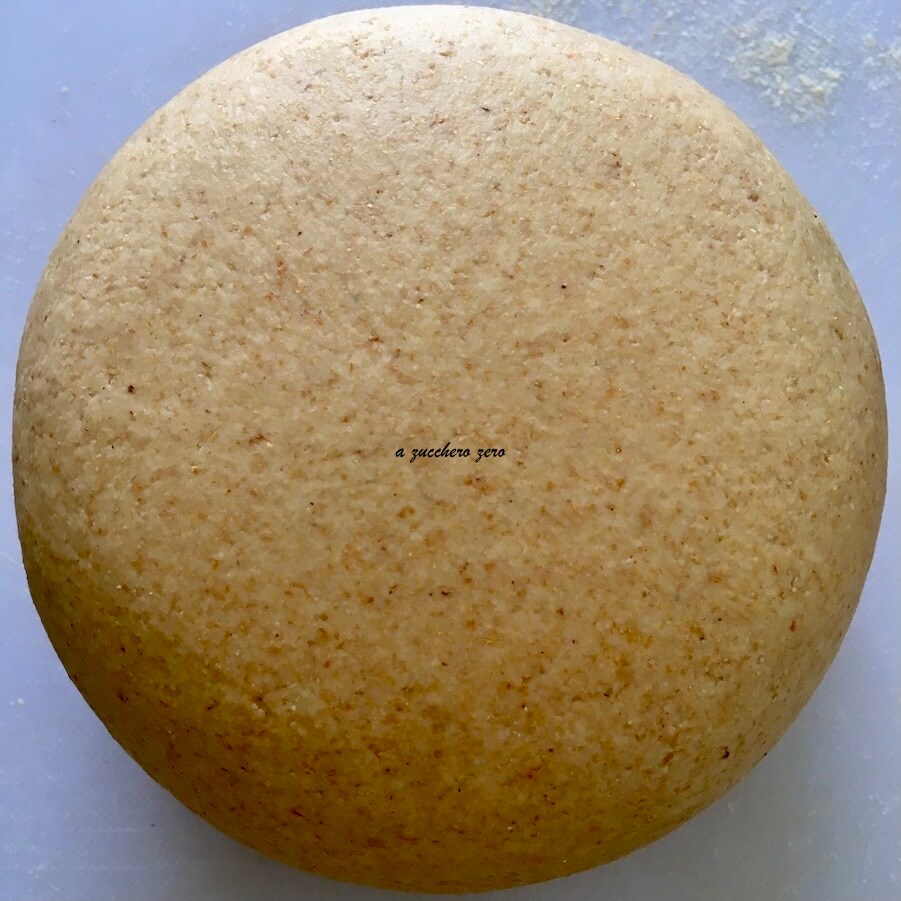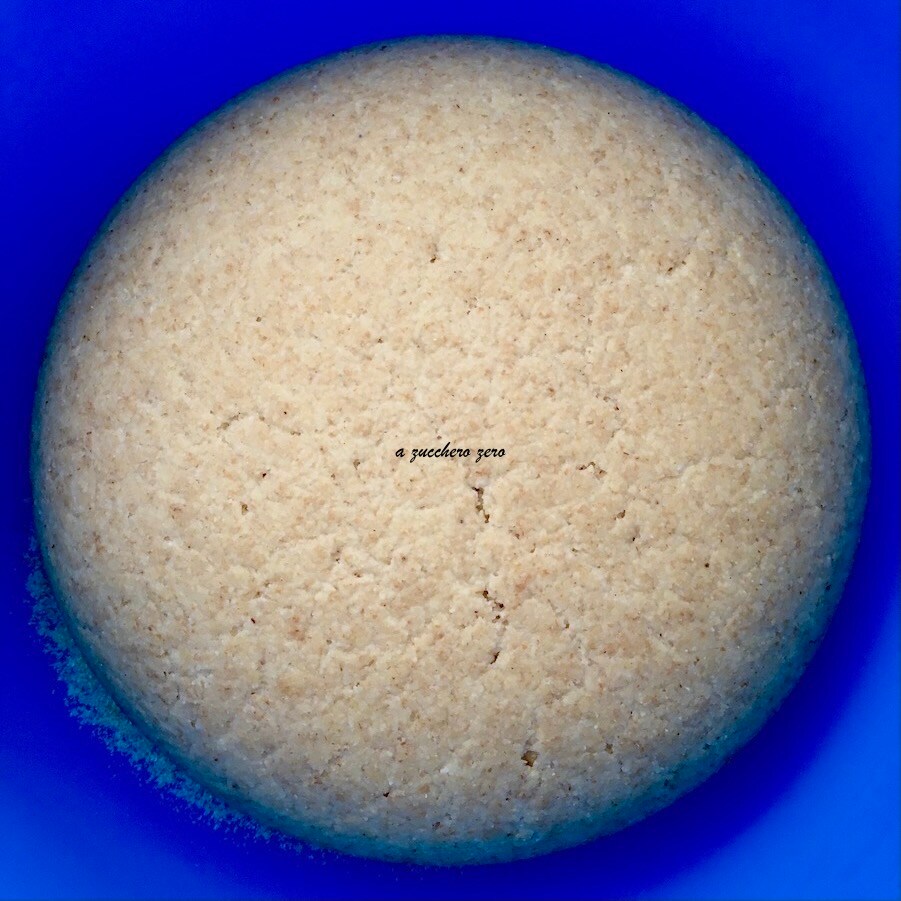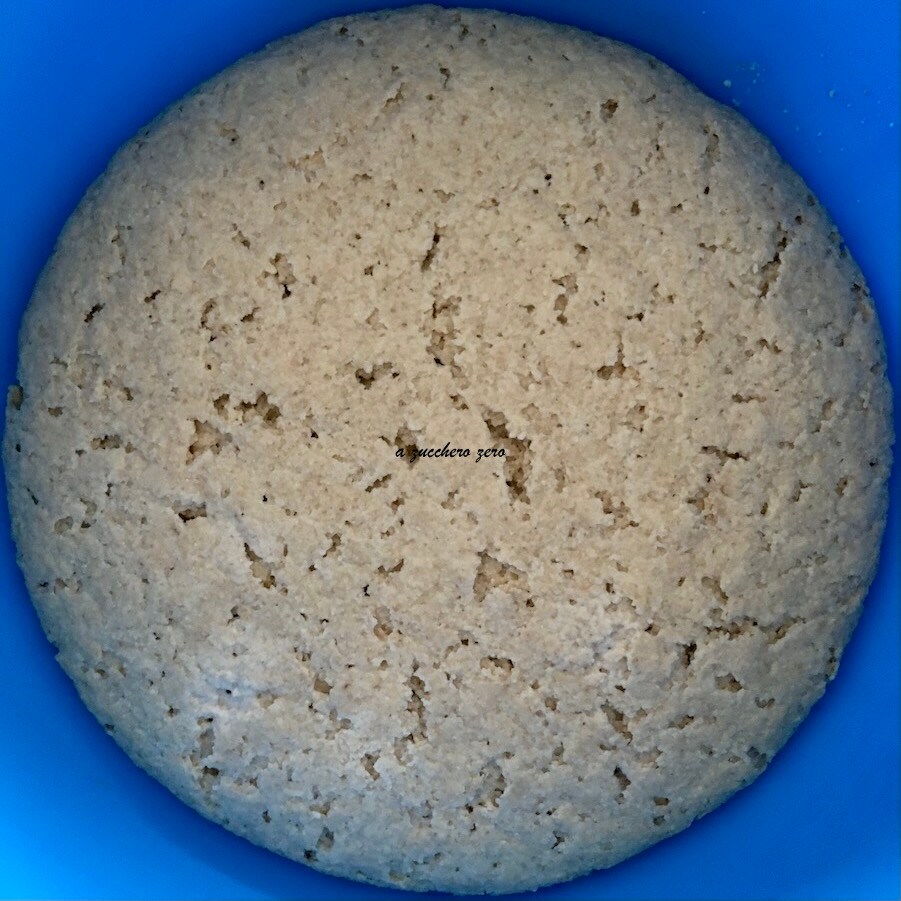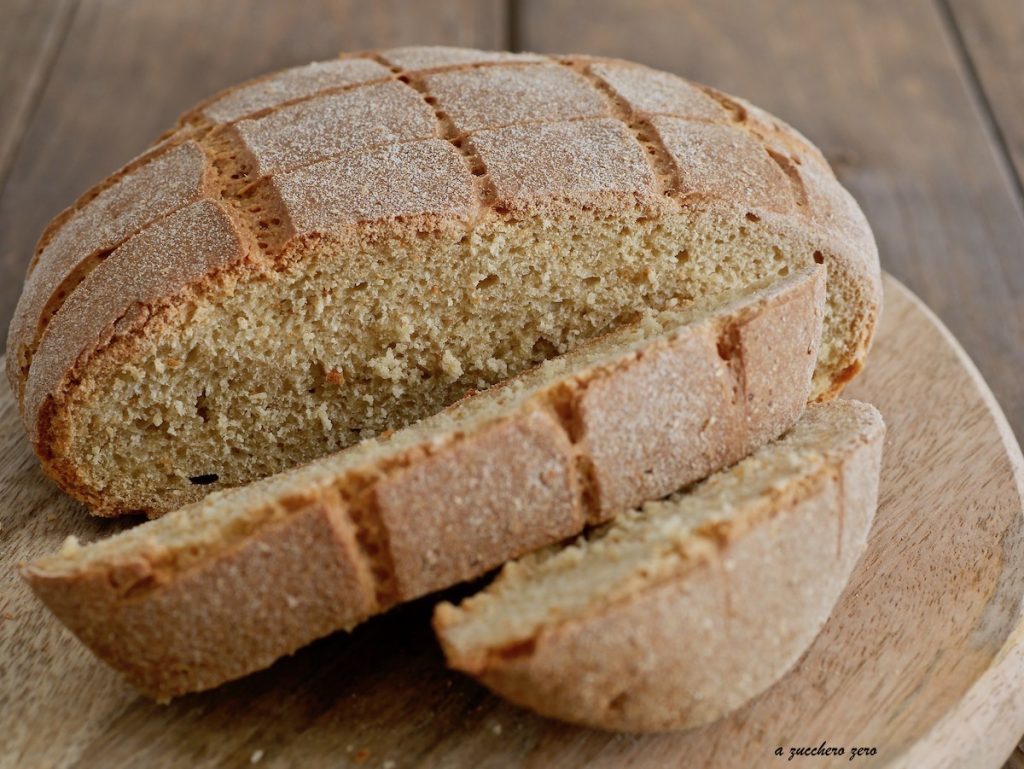I resort to long cold fermentation when I want to extend the dough’s rise beyond 24 hours or when external [late spring – summer – early fall] or indoor [heating on] temperatures do not allow for a long rise at room temperature.
Difference between FERMENTATION and MATURATION
• Fermentation is due to the fermentative action of yeast that produces carbon dioxide causing the dough to rise;
• With maturation, starches and proteins are broken down into simpler elements, resulting in more digestible bread and pizza.
The two processes require different times. HOW CAN I MAKE THEM COINCIDE?
By slowing down the fermentation process.
Putting the dough in the fridge stops the fermentation process while the maturation process continues.
A good maturation requires at least 24 hours.
This does not mean that dough left to rise at room temperature is not mature:
Using a reduced amount of yeast and a rise of at least 24 hours [even better if extended to 30 hours], the two processes can coincide.
Why long fermentation?
Bread and pizza made with long fermentation doughs result in a stable and more manageable glycemic pattern. Thus, quickly risen bread or pizza are contraindicated.

- Difficulty: Medium
- Rest time: 1 Day
- Cuisine: Italian
Tools
- 1 Bowl with lid
- Baking Tray
- Refrigerator
Steps
First, prepare your dough.
On the blog, you can find numerous recipes with whole wheat semolina and flours:
• doughs with whole wheat flour;
• bread machine recipes.Your dough is ready to rise.
Prepare a bowl with an airtight lid or a bowl to seal with plastic wrap.
Sprinkle the bottom of the bowl with some semolina and transfer the dough or dough ball inside.
Close the bowl with its lid or seal it by wrapping it with plastic wrap.
Let your dough rise by placing the bowl with the dough or dough ball in the coolest and darkest room in the house for about 3 hours.

After about 3 hours of room temperature rise, perform the strengthening folds.
Each two folds equal one turn.
Do at least two turns.STEP BY STEP
• Prepare a work surface [e.g., a baking tray or a board or a cutting board];
• Sprinkle it generously with semolina;
• Transfer the dough or dough ball onto the work surface.
• Flatten the dough or dough ball with your fingers;
• Stretch it by pulling with your hands;
• Perform the folds [from the sides to close in the center]: get help by watching this video on how to perform the strengthening folds;
• Reassemble the dough or dough ball;For very hydrated doughs, use dough cutters.
Transfer the dough or dough ball back into the bowl with the folds facing down.
Close the bowl with its lid or seal it by wrapping it with plastic wrap.
Store the bowl with the dough or dough ball in the fridge, in the lower section just above the vegetable drawer.
At least in the first few hours, it would be advisable to open and close the fridge as little as possible.Decide how many hours of fermentation you want to do:
• 24 hours, 48 hours or more…Before performing the folds and shaping the bread and/or pizza, THE DOUGH MUST ACCLIMATE at room temperature.
Remove the dough from the fridge at least 3 hours before working it.
You can also take it out the night before to work it the next morning.
After at least 3 hours at room temperature, perform the folds.
Each two folds equal one turn.
Do at least two turns.Get help again by watching this video on how to perform the strengthening folds.
Shape your dough, divide it into dough balls or roll it out as needed to get bread and pizza.
Leave it to rest for at least three hours [covering with a cloth or inside the completely turned-off oven].
Proceed with your preparation:
• top and bake the pizza;
• continue with the bread baking.Temperatures and times may vary from oven to oven and depending on the thickness of the pizza and the shape of the bread.


* this content contains one or more affiliate links.
Notes
Hyperglycemia, prediabetes and diabetes.
Here you find dedicated recipes.
Remember:
• Start the meal with a generous portion of vegetables [raw or cooked];
• A balanced meal should contain all nutrients: carbohydrates, proteins, fats & fiber;
• Always prepare it respecting the proportions and combinations indicated in your diet plan.
***
DO NOT COPY AND PASTE MATERIAL FROM THE BLOG generally and especially ON SOCIAL MEDIA PROFILES AND GROUPS [photos, ingredients, procedure – NOT EVEN IN SUMMARY FORM]: it is correct to share your photos of the executed recipes by indicating the source, i.e., linking the blog where the full recipe can be read.
FOR COPYRIGHT REASONS AND ALSO FOR THE HARD WORK BEHIND IT.
Thank you.

